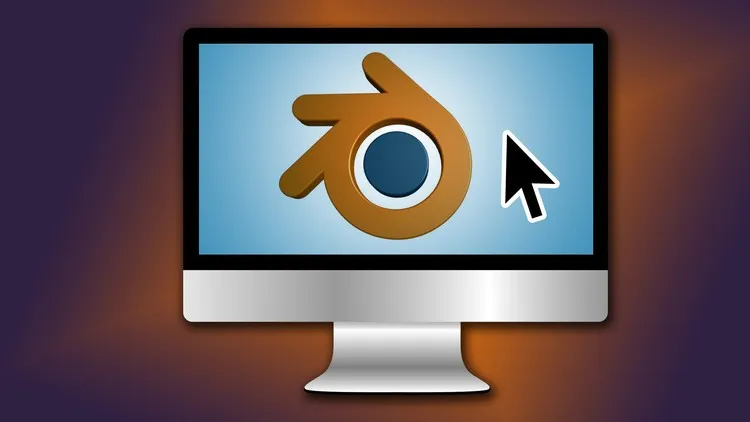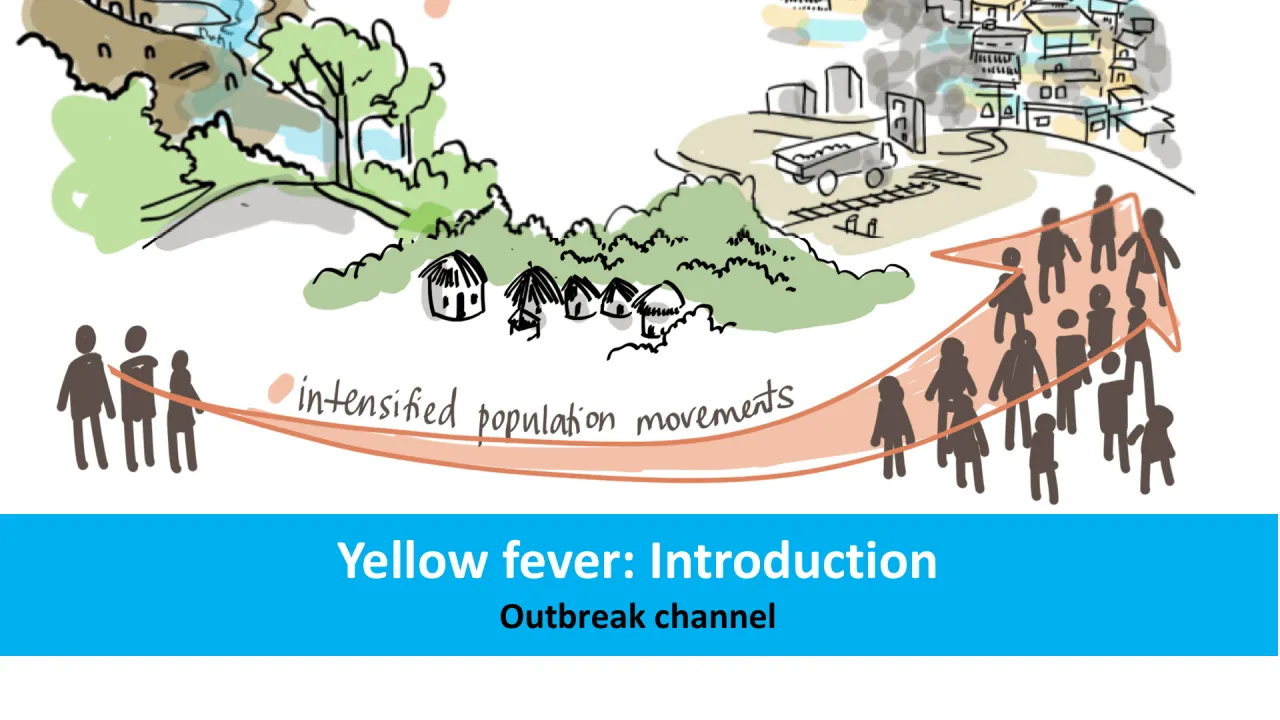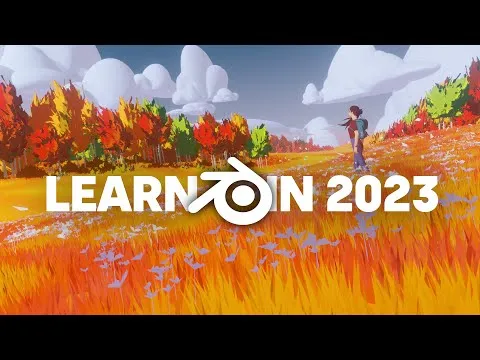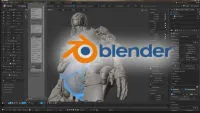
Blender Basics 
Learn the basics of animation with Blender with easy-to-follow tutorials. Get started creating your own 3D animations today! ▼
ADVERTISEMENT
Course Feature
![]() Cost:
Cost:
Free
![]() Provider:
Provider:
Udemy
![]() Certificate:
Certificate:
No Information
![]() Language:
Language:
English
![]() Start Date:
Start Date:
Self Paced
Course Overview
❗The content presented here is sourced directly from Udemy platform. For comprehensive course details, including enrollment information, simply click on the 'Go to class' link on our website.
Updated in [April 29th, 2023]
This course, Blender Basics, provides an introduction to the 3D software, Blender. Participants will learn how to create and model 3D objects, make a straightforward character, change camera angles and light a scene, and create animations in 3D or 2D. By the end of the course, participants will have a basic understanding of how to use Blender to create 3D animations.
[Applications]
After completing this course, students should be able to apply their knowledge of Blender Basics to create 3D models, characters, animations, and scenes. They should be able to use Blender to adjust camera angles and lighting, as well as create both 3D and 2D animations. Additionally, they should be able to use Blender to create more complex models and animations.
[Career Paths]
1. 3D Animator: 3D Animators create 3D animations for films, television, video games, and other media. They use software such as Blender to create characters, objects, and environments, and then animate them to create a story. As technology advances, 3D Animators are increasingly in demand, as they are able to create more realistic and detailed animations.
2. 3D Modeler: 3D Modelers use software such as Blender to create 3D models of characters, objects, and environments. They use their knowledge of 3D modeling techniques to create models that are realistic and detailed. As technology advances, 3D Modelers are increasingly in demand, as they are able to create more complex and detailed models.
3. Video Game Designer: Video Game Designers use software such as Blender to create characters, objects, and environments for video games. They use their knowledge of 3D modeling and animation techniques to create realistic and detailed video game worlds. As technology advances, Video Game Designers are increasingly in demand, as they are able to create more immersive and engaging video game experiences.
4. Visual Effects Artist: Visual Effects Artists use software such as Blender to create realistic and detailed visual effects for films, television, and video games. They use their knowledge of 3D modeling and animation techniques to create realistic and detailed visual effects. As technology advances, Visual Effects Artists are increasingly in demand, as they are able to create more realistic and detailed visual effects.
[Education Paths]
1. Bachelor of Science in Computer Animation: This degree program provides students with the skills and knowledge necessary to create 3D animations and special effects for film, television, and video games. Students learn the fundamentals of animation, including character design, storyboarding, and 3D modeling. They also learn how to use software such as Blender to create realistic animations. This degree is becoming increasingly popular as the demand for 3D animation continues to grow.
2. Bachelor of Science in Game Design: This degree program focuses on the development of video games and other interactive media. Students learn the fundamentals of game design, including game mechanics, level design, and 3D modeling. They also learn how to use software such as Blender to create realistic 3D environments and characters. This degree is becoming increasingly popular as the demand for video games continues to grow.
3. Master of Science in Computer Graphics: This degree program focuses on the development of computer graphics for film, television, and video games. Students learn the fundamentals of computer graphics, including 3D modeling, animation, and rendering. They also learn how to use software such as Blender to create realistic 3D animations and special effects. This degree is becoming increasingly popular as the demand for computer graphics continues to grow.
4. Master of Science in Virtual Reality: This degree program focuses on the development of virtual reality applications for film, television, and video games. Students learn the fundamentals of virtual reality, including 3D modeling, animation, and rendering. They also learn how to use software such as Blender to create realistic 3D animations and special effects. This degree is becoming increasingly popular as the demand for virtual reality applications continues to grow.
Pros & Cons

Simple teaching style

Projectbased approach

Confident presenter

Helped achieve aims

Very helpful

Basic knowledge needed

More detailed info needed

English language skill needed
Course Provider

Provider Udemy's Stats at AZClass
Discussion and Reviews
0.0 (Based on 0 reviews)
Explore Similar Online Courses

jQuery Basics Course

Yellow fever: Introduction (English&Kanuri)

Python for Informatics: Exploring Information

Social Network Analysis

Introduction to Systematic Review and Meta-Analysis

The Analytics Edge

DCO042 - Python For Informatics

Causal Diagrams: Draw Your Assumptions Before Your Conclusions

Whole genome sequencing of bacterial genomes - tools and applications

The BEST Way To Learn Blender in 2023!!

Blender 3D: Create Animate and Sell Game objects


Start your review of Blender Basics